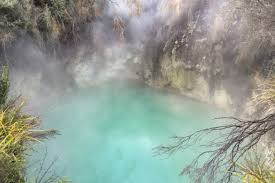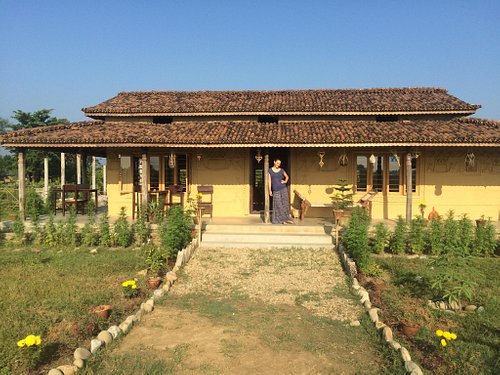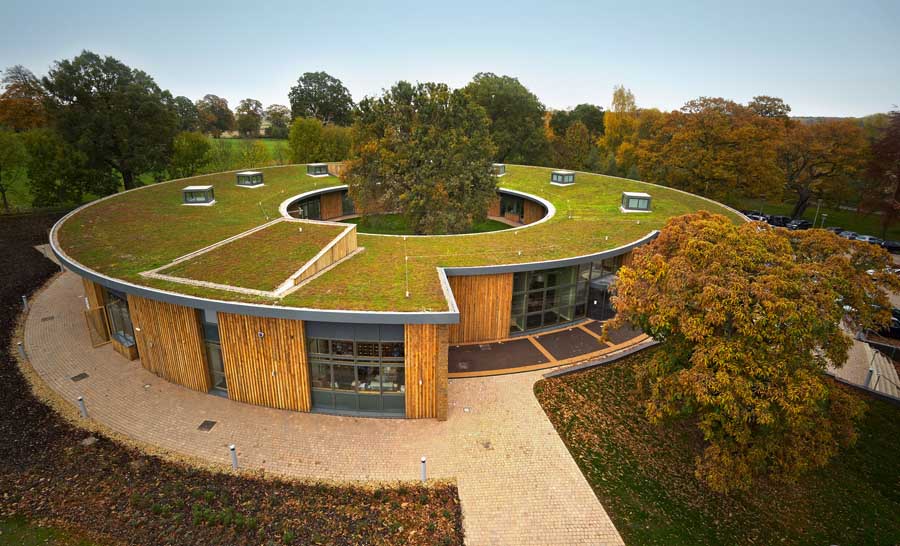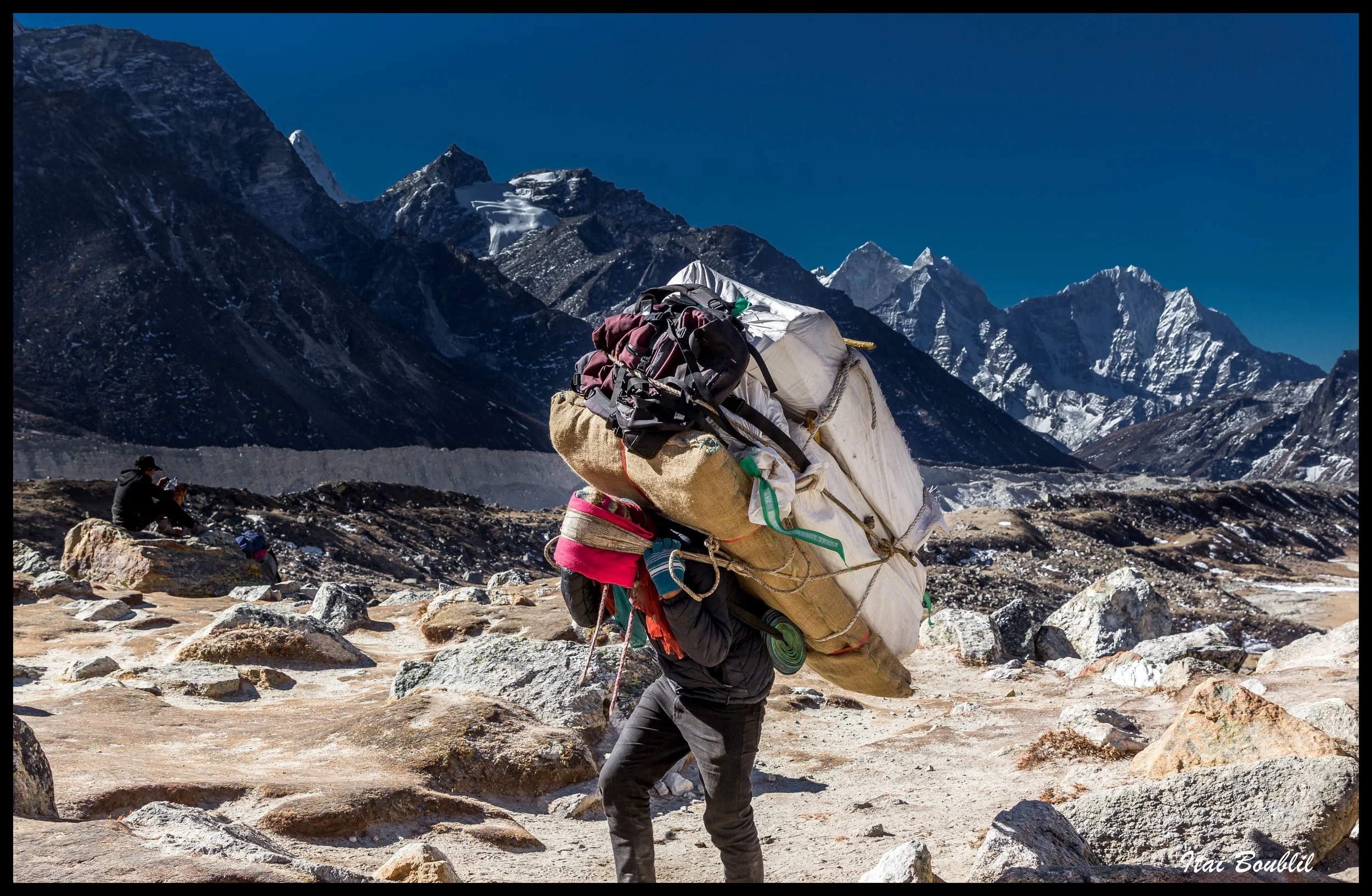Share this Article
The Mustang region of Nepal is a land of breathtaking landscapes, ancient traditions, and a culture that has remained remarkably intact over centuries. Nestled between the arid landscapes of the Trans-Himalaya, Mustang’s villages display a unique architectural feature rarely found elsewhere—traditional flat roofs. These roofs, seemingly simple in design, serve far more than the functional purpose of shelter. Over time, they have evolved into micro-ecosystems, playing a critical role in the ecological, agricultural, and cultural life of the Mustang people. This article explores the significance, construction, ecological contributions, and cultural symbolism of these living roofs.
The Architectural Significance of Mustang’s Flat Roofs
Traditional houses in Mustang are characterized by their rectangular shapes, thick stone walls, and flat roofs. Unlike the sloped roofs commonly seen in other Himalayan regions designed to shed heavy snow, Mustang’s arid climate and low rainfall allow for the construction of durable flat surfaces. These roofs are typically made from locally sourced materials, including stone slabs, compacted mud, and wooden beams.
The flat roof is a multifunctional space. In addition to protecting the home from harsh weather, it serves as a platform for drying crops, sun-drying herbs, and storing household items. In winter months, the roofs absorb solar heat during the day and radiate warmth into the house at night, contributing to thermal comfort. Their design demonstrates a deep understanding of local environmental conditions, making them a testament to indigenous architectural wisdom.
Flat Roofs as Micro-Ecosystems
Over generations, Mustang’s flat roofs have developed into miniature ecosystems. Many households grow herbs, vegetables, and medicinal plants directly on their roofs, taking advantage of the sun exposure and the insulation provided by the thick mud layers. Roof gardens often contain a mix of culinary herbs such as coriander, basil, and thyme, along with medicinal plants used in local healing practices. These green spaces not only supplement household nutrition but also play a role in biodiversity conservation in an otherwise harsh landscape.
The presence of plant life on these roofs attracts pollinators like bees and butterflies, creating small yet vibrant ecological networks. Birds often use the roofs as nesting grounds, feeding on seeds and insects while contributing to seed dispersal and natural pest control. In essence, these living roofs function as small sanctuaries for flora and fauna, connecting domestic spaces with the surrounding natural environment.
Traditional Knowledge in Roof Management
Managing these roof micro-ecosystems requires a blend of ecological knowledge and practical skill. Locals know exactly which plants thrive under the harsh Mustang sun and how to rotate crops to prevent soil depletion. Roof soils are enriched with composted household waste, including animal manure and organic kitchen scraps, demonstrating a sustainable cycle of nutrient recycling.
The timing of planting and harvesting is also carefully aligned with local climatic patterns. For example, hardy medicinal herbs are sown early in the spring to withstand cold nights, while fast-growing culinary plants are cultivated throughout the summer. This traditional knowledge ensures the longevity of roof gardens and maintains ecological balance.
Cultural and Religious Symbolism of Flat Roofs
In Mustang, flat roofs are not merely functional or ecological; they are deeply intertwined with cultural and spiritual life. Roofs often serve as spaces for religious rituals, including offerings to local deities, prayer ceremonies, and ancestor worship. Small prayer flags and symbolic structures like chortens or miniature shrines are frequently placed on rooftops, signifying protection and spiritual harmony.
Moreover, during festivals, rooftops become communal spaces where villagers gather to dry ceremonial grains, share meals, and observe traditional dances. The roof thus operates as a physical and social platform, linking private household activities with collective cultural practices. This blend of utility, ecology, and spirituality makes Mustang’s flat roofs unique cultural artifacts.
Ecological Benefits Beyond the Household
The living roofs of Mustang contribute significantly to the broader environment. By growing vegetation on rooftops, households reduce soil erosion and help retain moisture in an otherwise dry region. Roof plants also act as natural air purifiers, absorbing dust and carbon dioxide while releasing oxygen, improving air quality in dense village clusters.
Additionally, these micro-ecosystems mitigate temperature extremes by providing insulation, reducing reliance on fuel for heating. In Mustang, where firewood and animal dung are primary fuel sources, the energy savings from insulated roofs are substantial. This not only conserves local resources but also reduces carbon emissions, aligning with broader environmental sustainability goals.
Adaptation to Climate Change
Mustang’s flat roofs also demonstrate resilience in the face of climate change. The region experiences increasing variability in temperature and precipitation patterns, which threaten both agriculture and daily life. Roof gardens allow households to maintain food security by cultivating hardy crops and medicinal plants that are less susceptible to climatic shocks.
Local innovation has further enhanced roof sustainability. Some households have begun incorporating rainwater harvesting systems into their flat roofs, capturing scarce water for domestic use and irrigation. Others have experimented with hybrid planting systems, combining indigenous herbs with drought-resistant species to optimize yield while maintaining biodiversity. These adaptations reflect a dynamic interaction between traditional knowledge and contemporary ecological challenges.
Challenges Facing Mustang’s Living Roofs
Despite their ecological and cultural significance, Mustang’s living roofs face several challenges. Modern construction trends favor concrete and corrugated metal roofs, which are often cheaper and quicker to build. These materials, while durable, do not support plant growth or biodiversity, threatening the continuity of rooftop micro-ecosystems.
Additionally, migration patterns are changing. Younger generations increasingly leave Mustang for urban centers in search of education and employment, reducing the labor available for traditional roof maintenance. Without skilled caretakers, these roofs may degrade, and the traditional knowledge associated with them could be lost.
Climate change also poses a risk. Longer dry spells, stronger winds, and occasional heavy rainfall events can damage roof structures, making plant cultivation more difficult. Maintaining the delicate balance of roof ecosystems in these conditions requires both innovation and community effort.
Conservation and Promotion of Roof Ecosystems
Preserving Mustang’s living roofs requires an integrated approach that combines cultural preservation, ecological awareness, and sustainable tourism. Local communities can benefit from awareness programs highlighting the ecological and nutritional value of rooftop gardens.
Tourism can also play a role. Responsible trekking and cultural tourism can showcase living roofs as a unique feature of Mustang, creating economic incentives for local households to maintain and enhance their rooftop ecosystems. Additionally, NGOs and government programs could support workshops and provide resources to encourage sustainable roof gardening practices.
Academic research is another avenue for conservation. Detailed studies on the biodiversity, soil management, and microclimatic effects of living roofs can provide valuable data for broader ecological initiatives and policy-making. By documenting and analyzing these traditional practices, researchers can advocate for their protection while sharing insights with other regions facing similar environmental challenges.
Lessons for Other Regions
Mustang’s living roofs offer lessons that extend beyond Nepal. In many parts of the world, urbanization and climate change have disconnected people from nature. Integrating rooftop gardens and micro-ecosystems into modern architecture can improve sustainability, food security, and biodiversity, even in urban settings.
The Mustang example highlights how cultural heritage, traditional knowledge, and ecological stewardship can coexist in a single architectural feature. Cities and rural areas alike can adapt these practices to create environmentally resilient and culturally meaningful living spaces.
Conclusion
The living roofs of Mustang are far more than architectural curiosities—they are a testament to human ingenuity, cultural richness, and ecological harmony. By serving as micro-ecosystems, they provide food, medicinal resources, habitat for wildlife, and spiritual spaces for communities. These roofs embody a sustainable lifestyle that integrates environmental stewardship with cultural practice, offering insights for both local preservation and global application.
In a rapidly changing world, the protection and promotion of Mustang’s living roofs are crucial. They remind us that architecture can be alive, functional, and deeply connected to both nature and culture. Through continued community engagement, sustainable tourism, and academic research, these micro-ecosystems can thrive for generations, ensuring that Mustang remains not only a land of stunning landscapes but also a beacon of harmonious living with nature.
Categories:
Travel & Tourism
Tags:
flat roof
,
Roof Management







